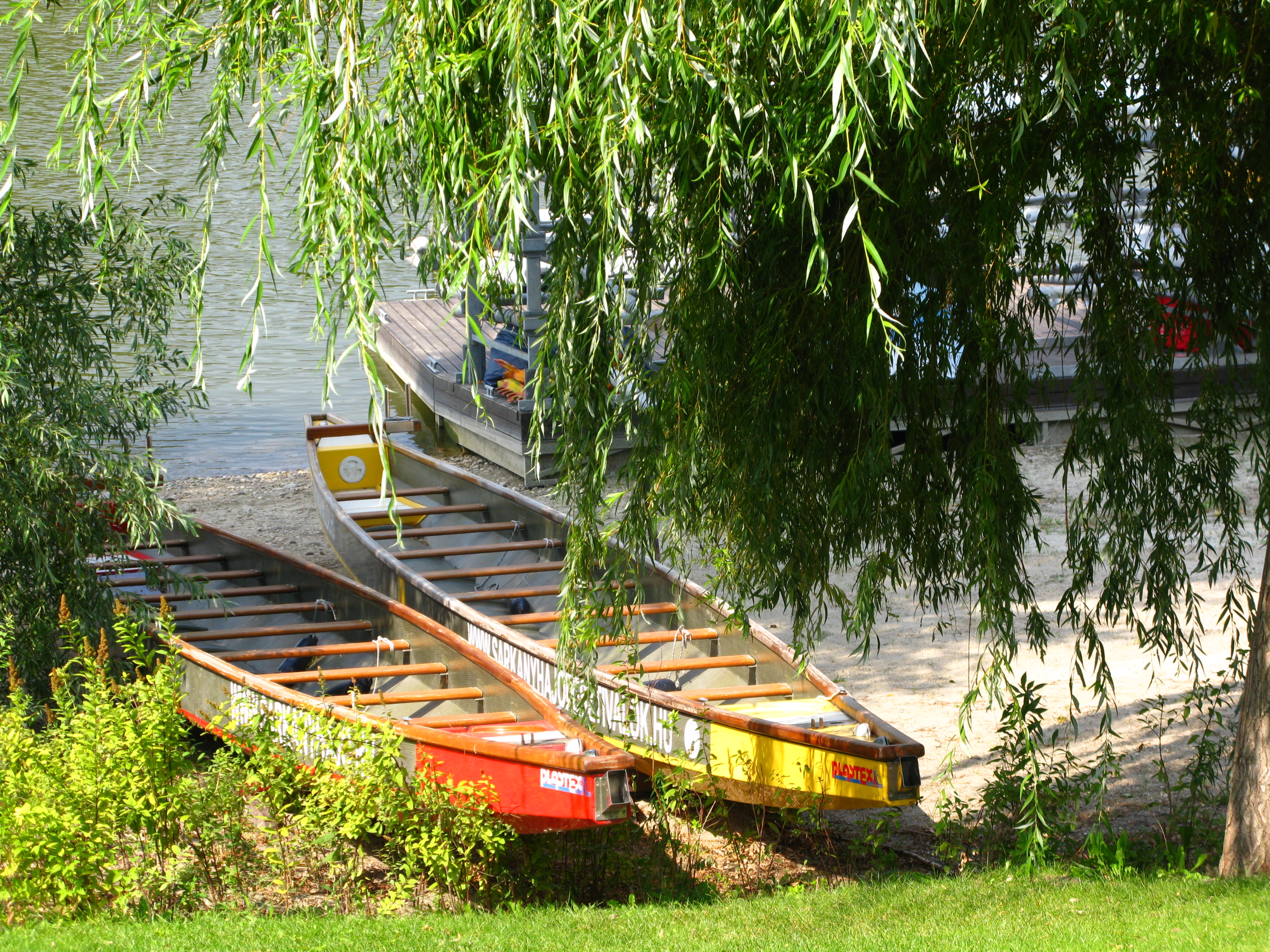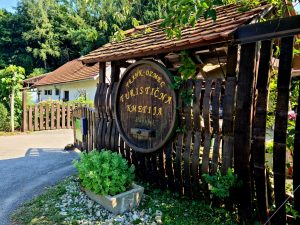‘You must have been to Kopaszi Gát?’ An innocent enough sounding question but asked with an American accent with just a soupçon of surprise, it took on a whole new meaning. I pride myself in getting around this city and finding the good places, so not knowing there was a beach practically on my doorstep disturbed me. And like a Doubting Thomas, I had to see for myself.
A walk across Lágymányosi híd, down the steps, across the road, and onto Kopaszi Gát is like a heading to the country without having to take the car. This ‘half-island’ was first built after the flood in 1838 to protect the industrial area to the right. It didn’t really come into its own until a development company from Portugal saw its potential in 2003 and started… well…. developing it.
Think 15 hectares of beautifully landscaped parks, lots of trees, shrubs and rope-sided walkways. There are places to bike, to walk, to run, to sit, to sleep, to play, to read, to eat, to drink, to boat, to dance… It has everything. Including its own sandy beach. Had I not seen it myself, I’d have scarce believed it.
The American in question, RC esq., had recommended a café called Pulp Fiction. Now, interestingly, only the previous evening, I’d been embroiled in a conversation with a Hungarian friend on the merits of NOT translating street names and place names to English. My argument: I can’t find Freedom bridge on a map, but I can find Szabadság híd. This was a case in point. How was I to know that the Hungarian for pulp fiction is ponvayregény? So I went to the Bistro instead and will leave Café Ponvayregény for another day.
And there will be another day. This little oasis of green manages to do the impossible. Looking out over water on either side, the foliage frames the scars of an industrial landscape and makes them almost palatable. This is, apparently, a brownfield development site and this park is just the start of bigger plans for the area.
And it gets better – we stopped off at the Ludwig on the way back to see the Moholy-Nagy László Art of Light Exhibit. Although a little disappointed that more of his photographs weren’t on display, the bonus showing of Bridget Jones – the Edge of Reason was hilarious… even if I’m still not getting the connection between the two.
Share this:
- Click to share on X (Opens in new window) X
- Click to share on Facebook (Opens in new window) Facebook
- Click to share on Pinterest (Opens in new window) Pinterest
- Click to share on LinkedIn (Opens in new window) LinkedIn
- Click to share on Reddit (Opens in new window) Reddit
- Click to share on WhatsApp (Opens in new window) WhatsApp
- Click to share on Pocket (Opens in new window) Pocket
- Click to share on Telegram (Opens in new window) Telegram
- Click to email a link to a friend (Opens in new window) Email











0 responses
Actually it’s ponyvaregény (ponyva = canvas or rag, regény = novel). The greatest writer in the genre was Rejtő Jenő.
http://www.rejto.hu/kocsma_a_piszkos_fredhez/
Ah – yes – someone mentioned something to do with a cart cover. Cheers, Erik – thanks for the education.
Mary Murphy http://www.stolenchild66.wordpress.com
How very true. I remember the difficulties I had with the place names during my visits to Budapest, Sopron and Esztergom amonst others. Orszaghaz/Parliament, Kepzomuveszeti Foiskola/Academy of Fine Arts, etc, etc
Dropp into conversation:
Literally the books are sold from ponyva or canvas, are cheap quality romances.
Cafe Ponyvaregény is also refering to the cult movie of Pulpfiction , it is the titel in Hungarian.Their first pub is near to Móricz is setted that time of the movie.
http://www.cafeponyvaregeny.hu/content/doc/bercsenyi_5_cafe%20ponyvaregeny.pdf